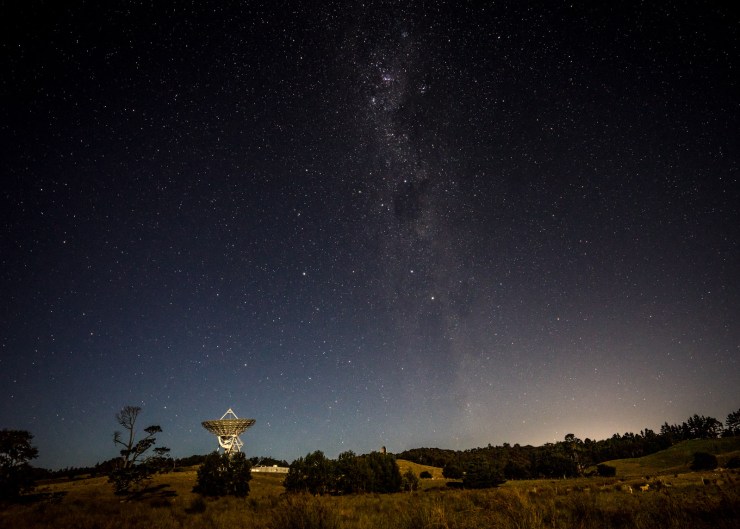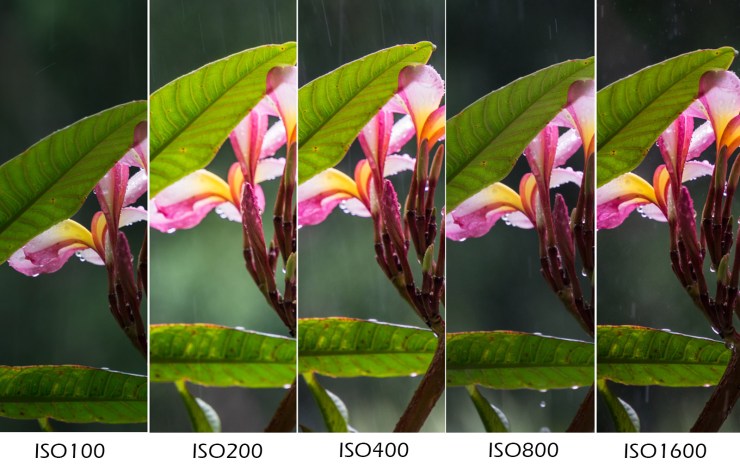ISO isn’t necessarily what you think it is — it’s really just digital gain. Let’s take a little look at what ISO really is, and why it matters. Most importantly, when should you use a high ISO vs. a low ISO for the best image quality?
What is ISO?
ISO is a camera setting that will brighten or darken a photo. As you increase your ISO, your photos will grow progressively brighter. Due to this, higher ISO can help you capture images in quite dark situations. It can also allow you to be more flexible about your aperture and shutter speed settings.
With digital photography, ISO refers to the sensitivity (the signal gain) with the camera’s sensor. The ISO setting is one of three elements used to control exposure (the exposure triangle). The other two elements required are aperture (f-stop) and shutter speed.
With older film cameras, using a higher ISO film such as ISO 400 to 1000, often resulted in noticeable grain within an image. But it still allowed you to shoot in darker than optimal environments.

What does ISO mean?
ISO (International Organization for Standardization) is an independent international organization that develops standards to ensure the quality, safety and efficiency of products. ISO standards are in place to ensure consistency throughout different makes and models.
Does higher ISO mean more grain?
The higher your ISO, the more grain will appear in the image. With film, the noise in digital images would be synonymous with grain. ISO was originally used as a rating of film speed.
The ISO does not create or add more light to the image. It is brightening it up through amplification, which can also reveal the noise in an image. For instance, if you underexpose an image and try to brighten it up in post-processing, you will see an increase in noise.
So when should you use high ISO?
When you use a high ISO setting, what you are telling your camera to do is to be more receptive to the available light. This is most often used when you are photographing in low light situations in order to maintain correct exposure, such as astro or night photography, and other low light situations.
You can also use a high ISO to increase the shutter speed to freeze fast motion. ISO is also helpful when hand-holding longer zoom lenses that require a faster shutter speed.

The problem with high ISOs — noise
The problem with high ISO is often the noise associated with it. Not all noise is bad. In this day and age with super fast high megapixel cameras, photographers tend to shy away from having any noise in their images.
A little noise isn’t an image killer. It’s far better to have a little noise from a higher ISO than a lot of noise from pushing an underexposed image in post-processing. For best image quality, you should use the lowest ISO for the situation you are shooting.

How high is too high?
Generally, your basic ISO is 50 or 100, it then goes up from there — 200, 400, 800 and so on. Every time you double your ISO speed, you are doubling the brightness of the image. So IS0 400 is twice as bright as ISO 200.
Anything up to ISO 6400 is considered fairly normal use on modern cameras. Anything over ISO 6400 is considered high ISO. How high you go is a compromise between image quality and available light. My Sony a7R III goes up to ISO 102,400, which quite frankly is ridiculous. For most situations I would not use anything over ISO 800 — ISO 1600, perhaps ISO 6400 for a really dark night.
Can you fix noise?
If you do happen to shoot with a high ISO, it’s not a total loss as using post-processing programs like Topaz DeNoise AI can fix the problem.

Don’t be scared of higher ISO
Don’t be scared of shooting at a higher ISO if you need to. Whether that’s in low light, night or just to get a faster shutter speed. Often you don’t really need to go all that high, and you will see far less noise from a properly exposed image with a slightly higher ISO (say up to ISO 6400) than a poorly exposed image with the exposure dragged up in post-processing.
Dragging the exposure up in post will introduce even more noise to your image. Even in Photoshop, Lightroom and Topaz products, you can reduce the noise in many images quite simply.
Always try for the proper exposure for your image while shooting. Next time you are shooting, remember what ISO really is, and use it to your advantage.
Tell your story with the second annual Visual Storytelling Conference!
Experience four days of interactive, online training sessions featuring a range of educational content with experienced photographers and content creators. This free event kicks off with a series of technical boot camps to build essential skills, followed by live, online sessions on photography, video, business and social media. Join live from March 10-13, 2022!
